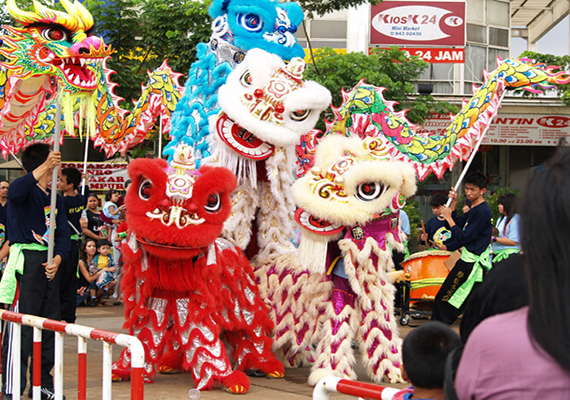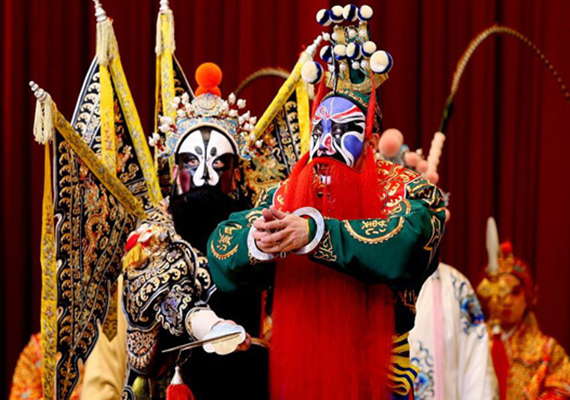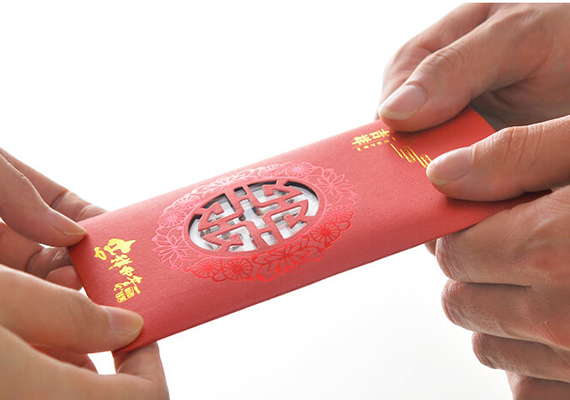- We are here to help:
-
 Arina
Arina

WeChat
-
Phone
+8618994068961
-
Email
info@scholarshipchina.com
-
Whatsapp
+8617721535950
-
-
 Dean
Dean

WeChat
-
Phone
+86 13218000923
-
Email
info@scholarshipchina.com
-
Whatsapp
+8617721535950
-
-
 Tracey
Tracey

WeChat
-
Phone
+86 17798521652
-
Email
info@scholarshipchina.com
-
Whatsapp
+8617721535950
-



